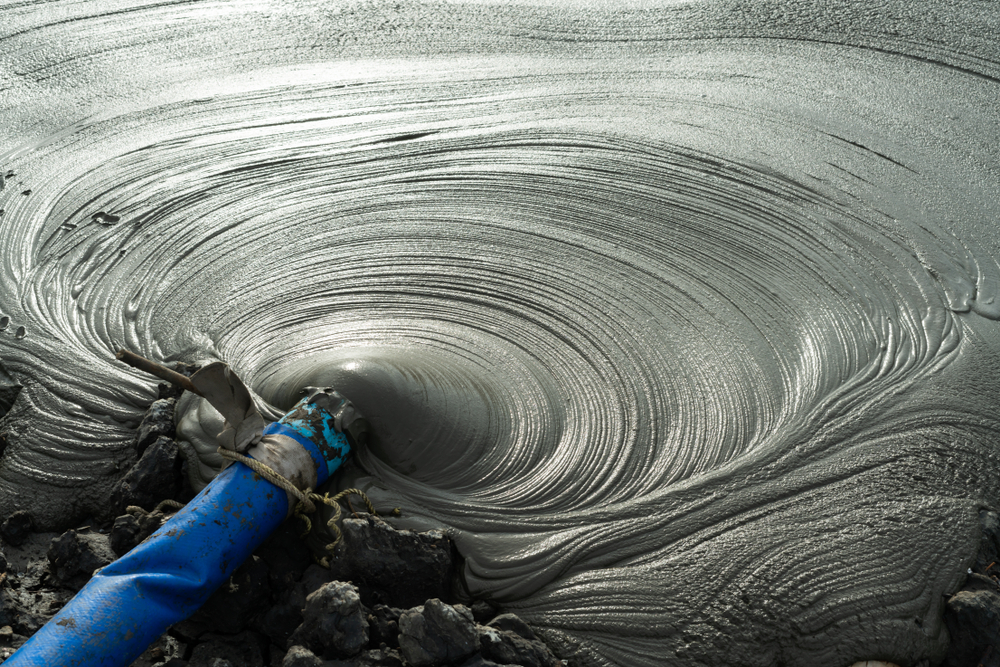Mud Filtration at High Pressure High Temperature Test
Understanding mud filtration in high-pressure high-temperature (HPHT) conditions is crucial for ensuring the integrity and efficiency of drilling operations. Mud, or drilling fluid, plays a vital role by lubricating the drill bit, carrying cuttings to the surface, and maintaining pressure within the borehole. However, under HPHT conditions—commonly experienced in deepwater environments—the performance of mud can significantly degrade, affecting not only operational safety but also overall productivity.
The Mud Filtration at High Pressure High Temperature Test evaluates how mud behaves when subjected to extreme pressures and temperatures typically encountered during drilling operations. This test is essential for quality managers and compliance officers to ensure that the mud used meets stringent performance criteria necessary for safe and efficient drilling processes. R&D engineers rely on this testing to innovate new formulations, while procurement teams can use it to verify that purchased mud products meet required specifications.
The HPHT conditions simulate real-world drilling scenarios where the mud must maintain its viscosity and filtration properties. During these tests, samples of mud are subjected to high pressures and temperatures, and their ability to filter is measured by comparing the volume of filtrate (fluid) passing through a filter medium over time. This provides insights into how well the mud can separate solids from fluids under stress conditions.
Real-world applications demonstrate that HPHT tests help in identifying potential issues early on, preventing costly delays and ensuring compliance with international standards such as ISO 15974-2 and API Spec 16C. These standards provide guidelines for the performance of drilling muds under various conditions.
| Standard Name | Relevant Sections |
|---|---|
| API Spec 16C | Section 2.4 - Mud Performance Evaluation |
| ISO 15974-2 | Clause 8 - Mud Filtration Testing |
Why It Matters
The performance of mud under HPHT conditions directly impacts the safety and efficiency of drilling operations. Inadequate filtration can lead to fluid loss, which in turn increases the risk of blowouts or other hazardous incidents. Additionally, poor filtration can result in reduced drilling rates due to increased resistance within the borehole.
From a compliance perspective, meeting HPHT standards is essential for adhering to industry regulations and ensuring that operations are carried out safely. For R&D teams, understanding how mud behaves under these conditions allows them to optimize formulations, leading to more effective drilling fluids that can withstand harsh environments without compromising performance.
For procurement professionals, verifying the results of HPHT tests ensures that the materials they source meet the necessary standards, thus safeguarding both operational integrity and environmental sustainability.
Applied Standards
| Standard Name | Relevant Sections |
|---|---|
| API Spec 16C | Section 2.4 - Mud Performance Evaluation |
| ISO 15974-2 | Clause 8 - Mud Filtration Testing |
Industry Applications
- Mud formulation and optimization for deepwater drilling operations
- Evaluation of mud performance under extreme conditions during drilling tests
- Ensuring compliance with international standards in the oil & gas industry
- Identifying potential issues early to prevent costly delays and operational risks





